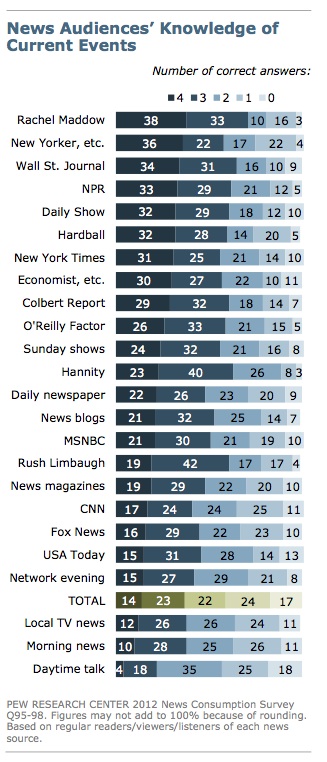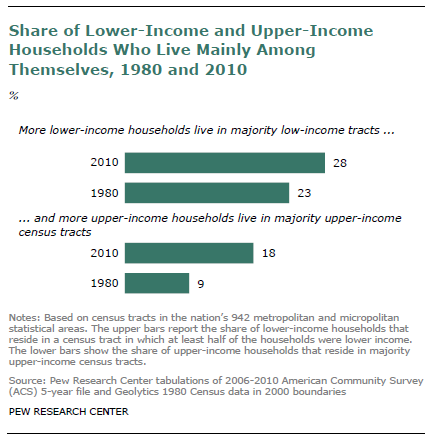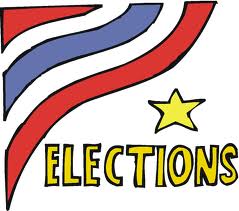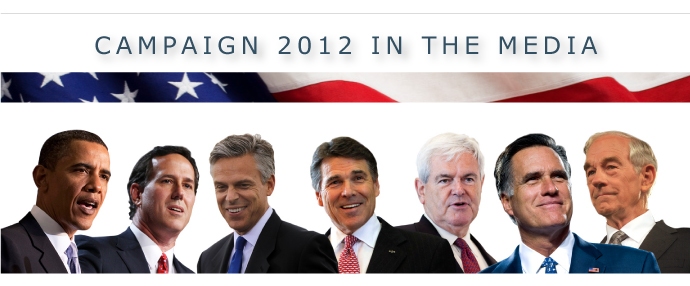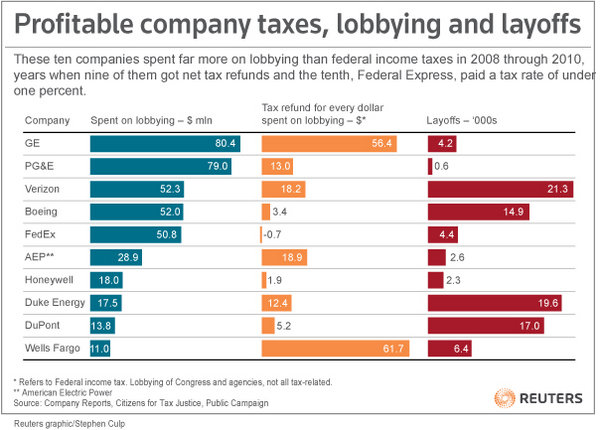 Published on Wednesday, October 31, 2012 by Commons Dreams
Published on Wednesday, October 31, 2012 by Commons Dreams
A Stormy Reminder of Why We Need Government
A job well done, from the local 911 switchboard to the White House
by David Morris
If this election is a referendum on the benefit of government then superstorm Sandy should be Exhibit A for the affirmative. The government weather service, using data from government weather satellites delivered a remarkably accurate and sobering long range forecast that both catalyzed action and gave communities sufficient time to prepare. Those visually stunning maps you saw on the web or t.v. were largely based on public data made publicly available from local, state and federal agencies.
As the storm neared, governors and mayors ordered the evacuation of low lying areas. Police and firefighters ensured these orders were carried out and helped those needing assistance. As the storm hit, mayors imposed curfews.
Government 911 and 311 telephone operators quickly and effectively responded to hundreds of thousands of individual calls for assistance and information. Indeed, the volume of those calls may lead us to propose a different answer to the question asked by those famous lines from the movie Ghostbusters. “If there’s something weird and it don’t look good who ya gonna call?” Government. Continue reading
